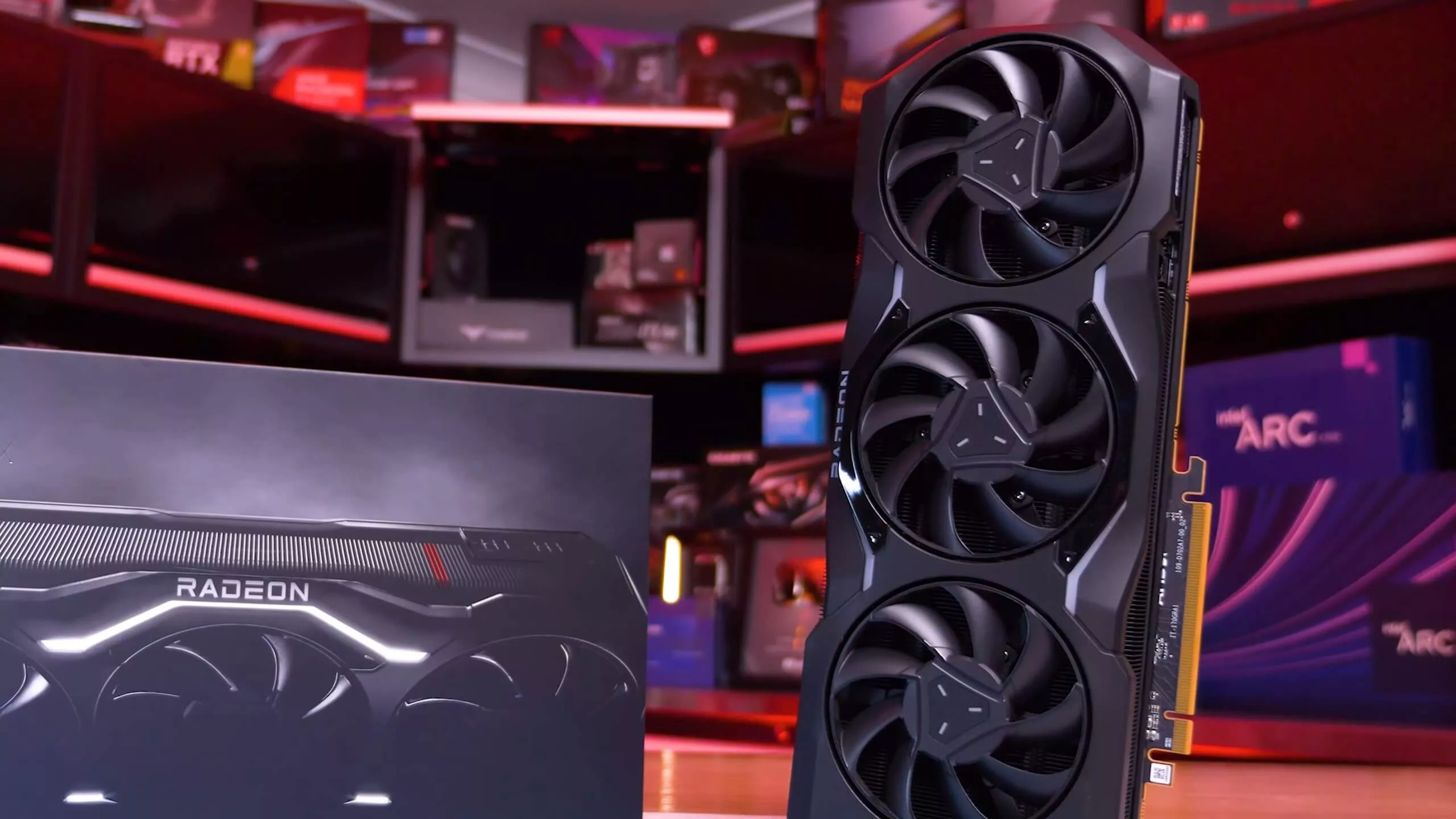In brief: AMD's confirmation that it won't prioritize competing with Nvidia's top gaming GPUs with the RDNA 4 graphics cards has left some unenthusiastic about the next-gen GPUs. However, according to CEO Lisa Su, they will be part of what she says is the strongest PC portfolio in the company's history. Su also confirmed that RDNA 4 will launch early next year with improved ray tracing performance.

There have been plenty of rumors claiming that AMD will be joining Nvidia in revealing and launching its next-gen graphics cards at CES 2025. While Su never named the event during prepared remarks to analysts during AMD's third-quarter 2024 conference call, she did say the company is "on track to launch the first RDNA 4 GPUs in early 2025." This marks the first time Team Red has given an official launch timeline.
In September, Jack Huynh, AMD's senior vice president and general manager of the Computing and Graphics Business Group, was asked if AMD was committed to competing with Nvidia in the top-end gaming card market. He said that the priority was to focus on creating the best midrange products, which make up the majority of the gaming card market.
Also read: AMD's Navi 44 "RDNA 4" GPU package size could be much smaller than Navi 33
When asked directly if AMD would release cards in the RX 8000 series that are part of the enthusiast market, Huynh said, "One day, we may. But my priority right now is to build scale for AMD."
All of RDNA4?
– sawtooth (@negativeonehero) April 23, 2024
Despite appearing that there will be no competition for Nvidia's RTX 5080 and RTX 5090 cards, Su has confidence in AMD's upcoming PC products. "I think the main point is, I mean, this is the strongest PC portfolio we've had sort of in our history, I think, across desktop and notebook."
Jean Hu, AMD's Chief Financial Officer, revealed that AMD's data center segment delivered record quarterly revenue of $3.5 billion, up 122% year-over-year. It accounted for just over half of the company's total revenue in the third quarter, while gaming revenue was down to $462 million, a 69% decline compared to the previous year. This fall was mainly due to a decrease in revenue from console makers who use AMD's GPUs in their machines reducing their inventory.
There was also a revenue decline from AMD card makers and vendors as they wait for the RDNA 4 cards to arrive. Su said that in addition to a strong increase in gaming performance, RDNA 4 delivers significantly higher ray tracing performance and adds new AI capabilities. That contradicts reports from March claiming RDNA 4 graphics will receive only a minor bump in ray tracing abilities.
With AMD pretty much confirming its presence at the event, it looks as if we're going to have one of the most exciting CES shows in years. Nvidia has confirmed that Jensen Huang will deliver the CES opening keynote in January, marking the first time that the CEO has appeared at the event since 2019. It strongly suggests that rumors of an RTX 5000 reveal at the beginning of January are also true.